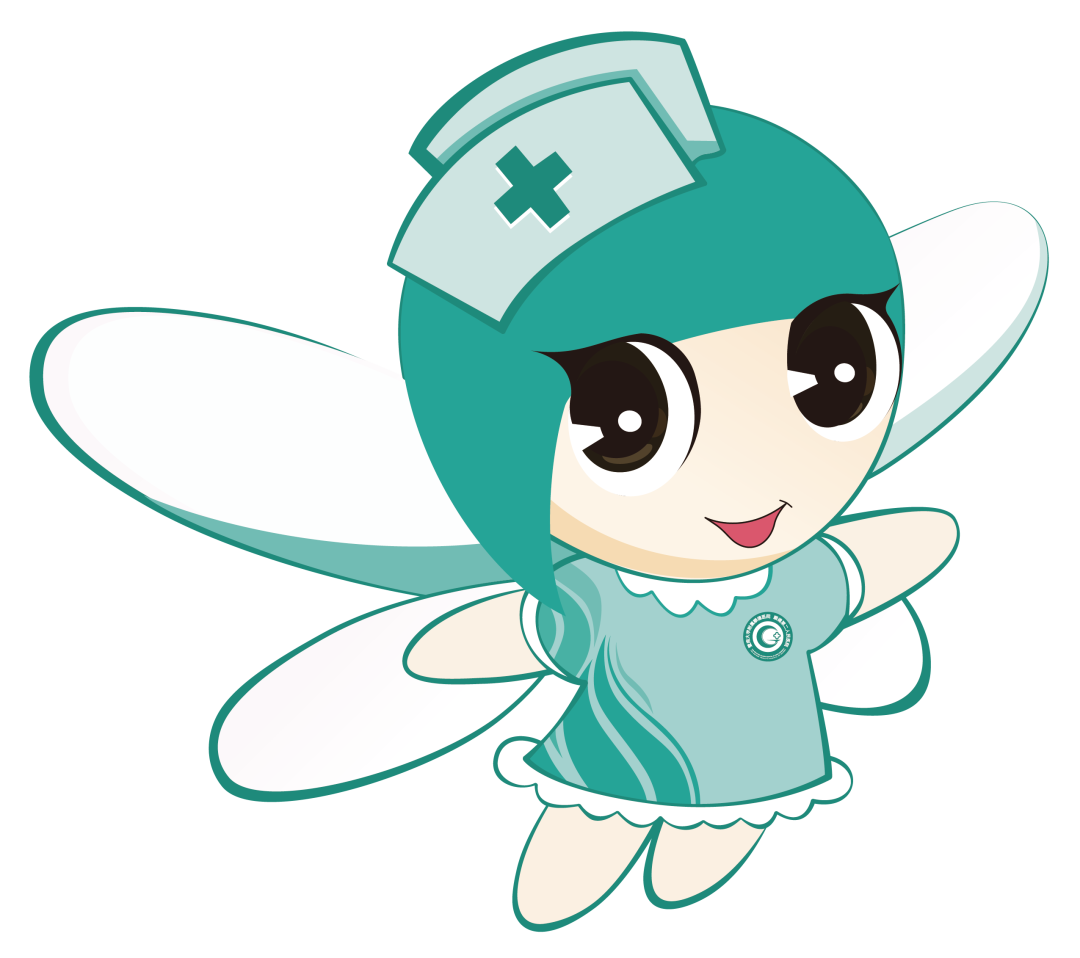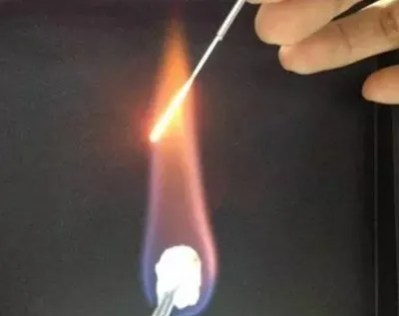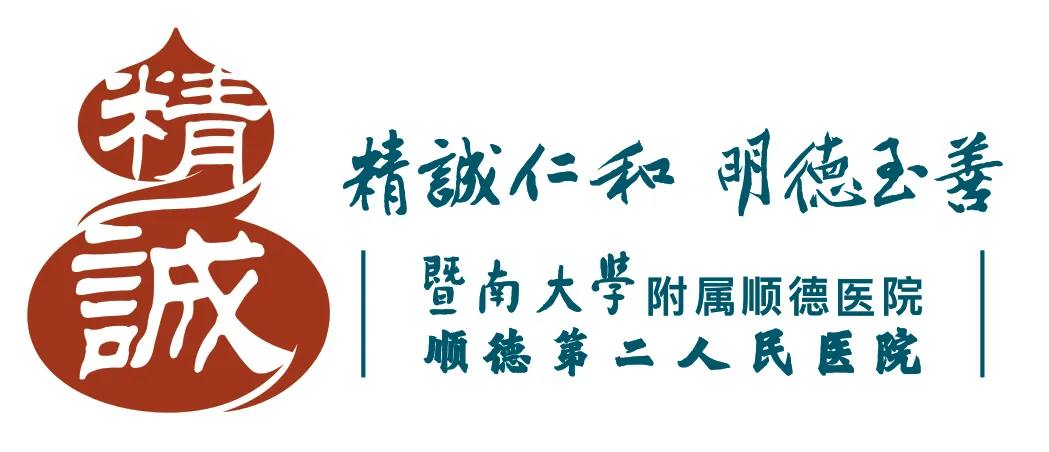
Many wounds take a long time to heal, academically referred to as “prolonged non-healing”. Such wounds are termed “difficult-to-heal wounds” or “chronic wounds”. Examples include low-temperature burns, diabetic foot ulcers, pressure sores, lower limb venous ulcers, and poor healing of surgical incisions.Mr. Pan (pseudonym), who has had diabetes for many years, was hospitalized due to herpes zoster, presenting with ulcerated herpes and non-healing wounds. Upon initial examination, the surrounding skin appeared dark red, the wound surface was pale, covered with yellowish-white mucus. After treatment with fire needles and electroacupuncture, significant healing of the wound was observed.

 Medical images, please scroll carefully to view.Fire needle therapy, also known as Bai Zhen (White Needle) or Shao Zhen (Burning Needle), was historically referred to as Fan Zhen (Burning Needle) or Cui Ci (one of the Nine Needle Techniques). Fire needle therapy involves using a specially designed needle that is heated until red and then inserted into specific acupoints or areas of the body using certain techniques to achieve the goal of disease elimination. As recorded in the “Ling Shu: Official Needles”, it states: “Cui Ci refers to the burning needle used to treat bi syndrome.”
Medical images, please scroll carefully to view.Fire needle therapy, also known as Bai Zhen (White Needle) or Shao Zhen (Burning Needle), was historically referred to as Fan Zhen (Burning Needle) or Cui Ci (one of the Nine Needle Techniques). Fire needle therapy involves using a specially designed needle that is heated until red and then inserted into specific acupoints or areas of the body using certain techniques to achieve the goal of disease elimination. As recorded in the “Ling Shu: Official Needles”, it states: “Cui Ci refers to the burning needle used to treat bi syndrome.”

Modern research has found that after heating, the fire needle delivers high temperature directly to the affected area, carbonizing the scar tissue in a small surrounding area, relieving adhesions, and improving local blood circulation, thus exhibiting analgesic, anti-inflammatory, and swelling-reducing effects.The fire needle punctures the affected area with the heated needle, stimulating the local area where pathogenic factors invade, exerting the meridian’s conduction and adjustment effects, directly activating the qi, invigorating blood circulation, warming yang qi, and achieving the effects of warming the meridians, dispelling cold, promoting blood circulation, and supporting the righteous qi while expelling pathogenic factors. It uses heat to draw out heat, facilitating the movement of qi and detoxification, allowing for the treatment of stubborn diseases. The fire’s power opens the door to expel pathogens and raises yang to release toxins. By introducing the natural yang qi into the joint area, it expels the internal yin pathogens, restoring the body’s yang qi and achieving a balance of yin and yang.1Using Fire to Assist Yang, Promoting Wound HealingFire needles haveexcellent warming effects, utilizingthe heat of the fire needleto stimulate the affected areas and acupoints, thereby accelerating the movement of qi and blood, promoting the regeneration and growth of new tissue,and are suitable forvarious ulcerative conditions and wounds that do not close.2Expelling Wind, Stopping Itch, Removing Stasis, and Draining PusFire needles have the effect of expelling wind, stopping itch, removing stasis, and draining pus. Traditional Chinese Medicine (TCM) holds that “wind causes itching”, meaning that itch is a manifestation of wind evil, which can originate from external wind or internal blood deficiency and dryness. Fire needles, through their ability to open and expel evils, can directly release the superficial layers, allowing wind evil to escape, and their warming nature helps blood to circulate normally, nourishing the superficial layers and dispelling wind, thus stopping the itch. This effect of fire needles can be used to treat various skin diseases characterized by itching, whether acute or chronic. They have shown good clinical results in delaying the progression of skin diseases such as vitiligo, psoriasis, eczema, herpes zoster, acne, folliculitis, neurodermatitis, and senile pruritus.3Expelling Wind, Dispelling Cold, Unblocking Meridians, and Alleviating PainFire needles have the effects of expelling wind, dispelling cold, unblocking meridians, and alleviating pain. The immediate analgesic and anti-inflammatory effects of acupuncture have been widely confirmed. As recorded in the “Ling Shu: Jing Jin”, it states: “Treatment with burning needles is based on knowledge and pain as a guide.” When soft tissue injuries lead to stagnation of qi and blood, pain will occur. Fire needles stimulate painful points in the affected area, unblocking qi and blood, harmonizing yin and yang, thus achieving the goal of treating diseases. They are particularly effective for pain caused by wind, cold, and dampness, such as headaches, stiff neck, shoulder periarthritis, low back pain, and peripheral facial paralysis, and also have certain therapeutic effects on rheumatoid arthritis and ankylosing spondylitis.As a treatment method involving minor trauma and strong stimulation, precautions for fire needle therapy include:
1. Ensure adequate psychological preparation before treatment, avoiding acupuncture when overly hungry, full, cold, or tense.
2. Use fire needles cautiously in individuals with scar constitution, and avoid using them on the face or other exposed areas.
3. During operation, avoid major blood vessels, internal organs, and important structures.
4. Avoid scratching the needle site; if redness, itching, or discharge occurs, local disinfection can be performed with 75% alcohol or iodine tincture.
5. Avoid bathing or getting the area wet on the day of treatment.
Liang Yanlan
Rehabilitation physician, graduated in 2015 from Guangzhou University of Chinese Medicine with a specialization in acupuncture and tuina, skilled in using acupuncture, moxibustion, cupping, bloodletting, guasha, fire needles, and other traditional Chinese techniques to treat various pain conditions such as cervical spondylosis, lumbar disc herniation, knee arthritis, shoulder periarthritis, herpes zoster, and postherpetic neuralgia; internal diseases such as dizziness, acute and chronic gastritis, constipation, diarrhea, insomnia; and gynecological diseases such as dysmenorrhea, irregular menstruation, breast hyperplasia, and mastitis.
Images sourced from the internet; if there are any copyright issues, please contact the platform for removal.
Written by: Liang Yanlan
Initial review: Zhao Jianhua
Editor: Yi Tong
Reviewed by: Cao An, Wang Yucheng
Audit: Zhong Yongheng, Liang Mifeng



